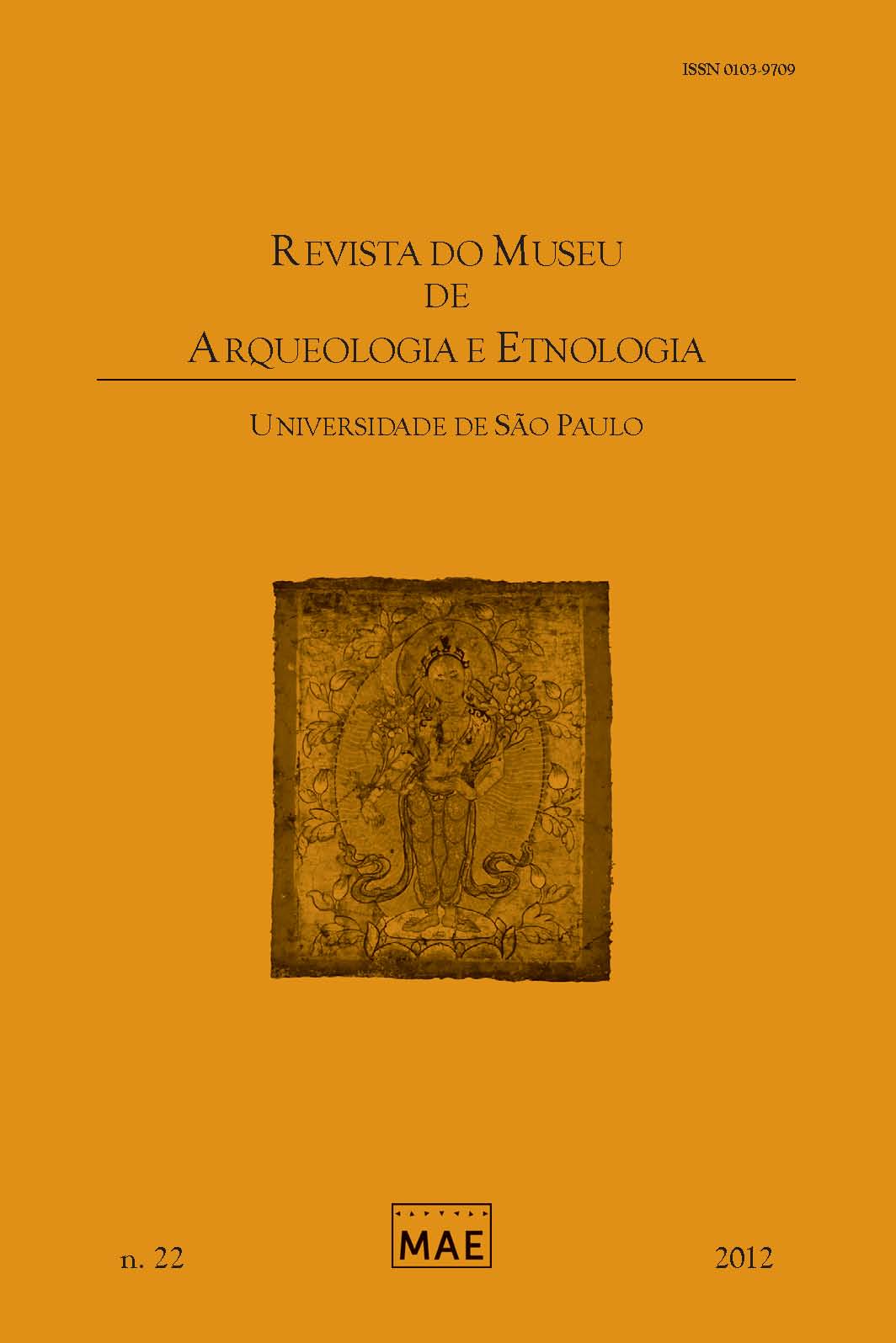Osteological remains of condors from the Late Formative Cerro Punta Blanca, Lorin Valley, Peru.
DOI:
https://doi.org/10.11606/issn.2448-1750.revmae.2012.106714Keywords:
Condor sacrifice, Zooarchaeology, Lime, Late Formative, Lurin Valley, Cognitive archaeology, Green HillsAbstract
In 2007 we found same partial skeletal remains of two Andean condors with evidence of cut marks and fractures postmortem in archaeological context of lime exploitation during the Late Formative period, at the site of Cerro Punta Blanca (300-100 b.C.). It is located at lomas of Jatosisa, Lurin valley, Peru. These bones were associated to a pottery fragment representing a snake.
This association permitted us to relate it to the myth of transformation of the snake into a condor seen in petroglyphs, bone flutes and textiles of the Archaic and Formative periods and registered in etnohistorical texts and astronomic representations. This study confirms the importance of the condor in Andean ritual context of inhabitants of green hills since two millenniums ago.
Downloads
Downloads
Published
Issue
Section
License
Copyright (c) 2012 Alfredo José Altamirano Enciso, Noé Jave Calderón

This work is licensed under a Creative Commons Attribution-NonCommercial-NoDerivatives 4.0 International License.













